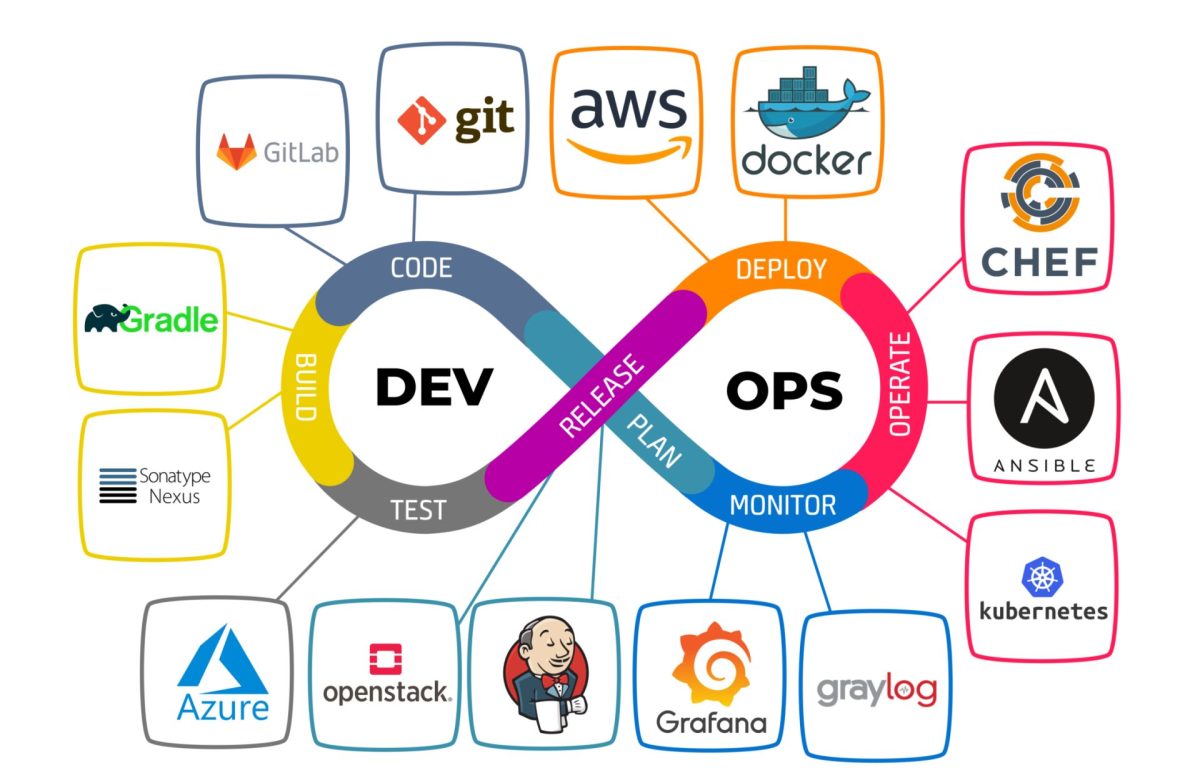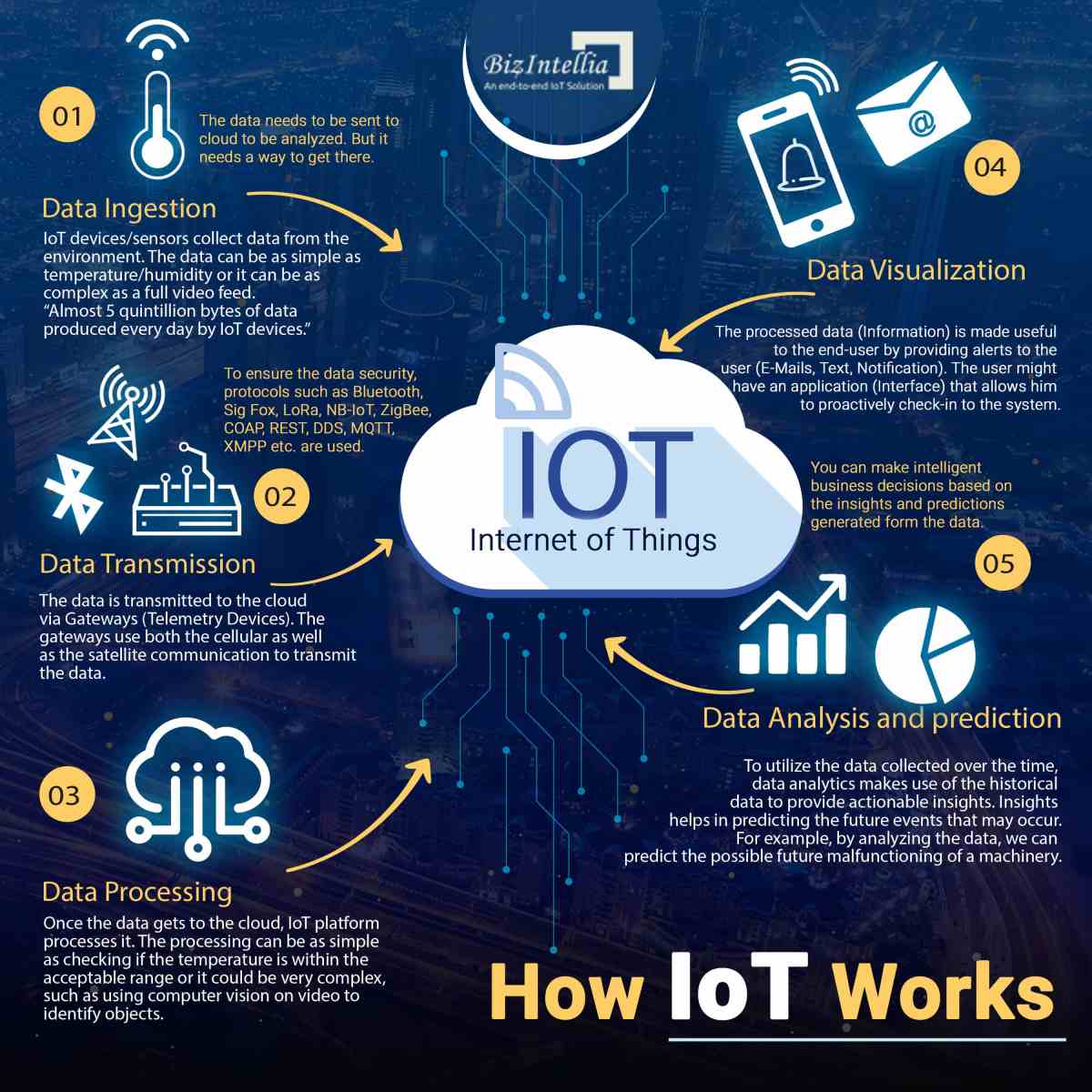Hybrid Cloud: 7 Powerful Benefits You Can’t Ignore
Welcome to the future of computing—where flexibility meets security and scalability. The Hybrid Cloud is no longer just a buzzword; it’s a strategic necessity for businesses aiming to stay agile, efficient, and future-ready. Let’s dive into what makes it so transformative.
What Is a Hybrid Cloud?

The term Hybrid Cloud refers to an integrated computing environment that combines private cloud, public cloud, and on-premises infrastructure, allowing data and applications to be shared across them seamlessly. This model enables organizations to leverage the best of both worlds: the control and security of private systems with the scalability and cost-efficiency of public cloud services.
Defining the Hybrid Cloud Architecture
At its core, a Hybrid Cloud architecture is built on interoperability. It connects at least one private cloud (either hosted on-premises or by a third-party provider) with one or more public cloud environments (like AWS, Microsoft Azure, or Google Cloud Platform). These components are linked via secure, often encrypted, network connections and managed through unified orchestration tools.
- Private cloud: Offers dedicated resources with enhanced security and compliance.
- Public cloud: Provides scalable, pay-as-you-go computing power.
- Integration layer: Ensures seamless workload portability and data synchronization.
This integration allows businesses to dynamically shift workloads based on demand, cost, or regulatory needs.
How Hybrid Cloud Differs From Other Cloud Models
Understanding the distinctions between cloud deployment models is crucial. While public, private, and hybrid clouds all offer cloud computing capabilities, their use cases and benefits vary significantly.
Public Cloud: Fully hosted by third-party providers; ideal for scalable, non-sensitive workloads.Examples include Amazon EC2 and Google Compute Engine.Private Cloud: Dedicated infrastructure for a single organization; best for industries with strict compliance requirements like healthcare or finance..
Hybrid Cloud: Blends both models, enabling workload mobility and optimized resource allocation.”The hybrid cloud isn’t about choosing between public and private—it’s about having the freedom to use both where they make the most sense.” — Red Hat, 2023
Why Organizations Are Adopting Hybrid Cloud
The shift toward Hybrid Cloud adoption has accelerated in recent years, driven by digital transformation, remote work, and evolving customer expectations.According to a 2023 Gartner report, over 80% of enterprises now rely on hybrid or multi-cloud strategies..
Business Agility and Operational Flexibility
One of the primary reasons organizations embrace the Hybrid Cloud is the ability to respond quickly to market changes. With hybrid environments, companies can spin up new applications in the public cloud while keeping legacy systems running securely on-premises.
- Launch new products faster without overhauling existing infrastructure.
- Scale computing resources during peak seasons (e.g., retail holidays).
- Test innovations in isolated cloud environments before full deployment.
This agility allows businesses to pivot quickly in response to competition or disruption.
Cost Optimization and Resource Efficiency
Managing IT costs is a top priority for CFOs and CIOs alike. The Hybrid Cloud enables smarter spending by allowing organizations to run stable, predictable workloads on private infrastructure while offloading variable or bursty workloads to the public cloud.
- Reduce capital expenditures (CapEx) by minimizing on-premises hardware upgrades.
- Leverage pay-per-use pricing for temporary projects or seasonal spikes.
- Optimize energy and cooling costs in data centers by reducing physical footprint.
For example, a media company might store archived content on-premises but use the public cloud for rendering and distribution during high-demand periods.
Key Components of a Hybrid Cloud Environment
Building a successful Hybrid Cloud strategy requires more than just connecting two systems—it demands a cohesive architecture with several critical components working in harmony.
Cloud Management Platforms (CMPs)
A Cloud Management Platform serves as the central nervous system of a hybrid environment. Tools like VMware vRealize, Microsoft Azure Arc, and Red Hat OpenShift provide unified visibility and control across public and private clouds.
- Monitor performance, usage, and costs across environments.
- Automate provisioning and de-provisioning of resources.
- Enforce consistent policies for security and compliance.
These platforms eliminate silos and reduce operational complexity.
Networking and Connectivity Solutions
Seamless communication between cloud environments is essential. This is achieved through high-speed, low-latency connections such as:
- Virtual Private Networks (VPNs)
- Direct Connect services (e.g., AWS Direct Connect, Azure ExpressRoute)
- Software-Defined Networking (SDN) for dynamic traffic routing
These solutions ensure reliable data transfer and minimize latency, especially for real-time applications like video conferencing or financial trading systems.
Data Integration and Synchronization Tools
Data must flow securely and consistently across environments. Tools like Apache Kafka, Dell EMC PowerScale, and IBM Cloud Pak for Data help synchronize databases, file systems, and analytics pipelines.
- Enable real-time data replication between on-prem and cloud databases.
- Support hybrid backup and disaster recovery strategies.
- Facilitate AI/ML model training using distributed datasets.
Without proper data integration, hybrid clouds risk becoming fragmented and inefficient.
Security and Compliance in Hybrid Cloud
Security remains a top concern for organizations adopting Hybrid Cloud models. However, when implemented correctly, hybrid environments can offer stronger protection than traditional setups.
Unified Security Policies Across Environments
One of the biggest challenges in hybrid deployments is maintaining consistent security policies. Organizations must ensure that firewalls, encryption standards, access controls, and threat detection systems are uniformly applied across all environments.
- Use Identity and Access Management (IAM) systems like Okta or Azure AD for centralized user authentication.
- Deploy Security Information and Event Management (SIEM) tools such as Splunk or IBM QRadar for cross-platform monitoring.
- Implement Zero Trust architectures to verify every access request, regardless of origin.
Consistency reduces the risk of misconfigurations and unauthorized access.
Meeting Regulatory and Compliance Requirements
Industries like healthcare (HIPAA), finance (PCI-DSS), and government (FedRAMP) have strict data residency and privacy rules. The Hybrid Cloud allows sensitive data to remain in compliant, on-premises environments while less sensitive operations run in the public cloud.
- Store patient records locally while using the cloud for non-PHI analytics.
- Process credit card transactions in secure private zones; host customer portals in public cloud.
- Automate audit trails and reporting across hybrid systems.
This selective placement ensures compliance without sacrificing innovation.
Encryption and Data Protection Strategies
Data protection is non-negotiable. In a Hybrid Cloud, data is encrypted both at rest and in transit using industry-standard protocols like TLS 1.3 and AES-256.
- Use cloud-native encryption tools (e.g., AWS KMS, Azure Key Vault).
- Implement end-to-end encryption for data moving between environments.
- Apply data masking and tokenization for sensitive fields in test environments.
Additionally, regular penetration testing and vulnerability scanning help identify and patch weaknesses before exploitation.
Hybrid Cloud Use Cases Across Industries
The versatility of the Hybrid Cloud makes it applicable across a wide range of sectors. Let’s explore how different industries are leveraging this model to drive innovation and efficiency.
Healthcare: Balancing Innovation and Patient Privacy
Hospitals and clinics handle vast amounts of sensitive data. A Hybrid Cloud allows them to store electronic health records (EHRs) securely on-premises while using public cloud resources for AI-driven diagnostics and telemedicine platforms.
- Run machine learning models on anonymized datasets in the cloud.
- Scale video consultation services during pandemics or flu seasons.
- Ensure HIPAA compliance by controlling data residency.
For example, Mayo Clinic uses hybrid infrastructure to accelerate genomic research while maintaining strict data governance.
Financial Services: Secure Transactions and Real-Time Analytics
Banks and fintech firms require high availability, low latency, and ironclad security. The Hybrid Cloud enables them to process transactions in private environments while leveraging public cloud AI tools for fraud detection and customer insights.
- Analyze transaction patterns in real time using cloud-based analytics.
- Host mobile banking apps in scalable public cloud environments.
- Maintain core banking systems on secure, audited private servers.
JPMorgan Chase, for instance, uses hybrid cloud to support its digital banking transformation while adhering to financial regulations.
Retail and E-Commerce: Handling Seasonal Traffic Spikes
Retailers face massive traffic surges during holidays and sales events. A Hybrid Cloud allows them to keep inventory and customer data on-premises while scaling web servers and payment gateways in the public cloud.
- Automatically scale front-end applications during Black Friday.
- Use cloud-based CDNs to deliver content faster globally.
- Run personalized marketing campaigns using cloud AI tools.
Walmart, for example, uses hybrid infrastructure to manage millions of transactions per minute during peak shopping periods.
Challenges and Risks of Hybrid Cloud Adoption
Despite its advantages, the Hybrid Cloud is not without challenges. Organizations must navigate technical, operational, and cultural hurdles to succeed.
Complexity in Management and Orchestration
Managing multiple environments increases operational complexity. Without proper tools, IT teams may struggle with visibility, troubleshooting, and automation.
- Different vendors have different APIs, dashboards, and billing models.
- Lack of standardization can lead to configuration drift.
- Manual processes increase the risk of human error.
Solution: Invest in multi-cloud management platforms and adopt Infrastructure-as-Code (IaC) practices using tools like Terraform or Ansible.
Integration and Interoperability Issues
Not all systems are designed to work together seamlessly. Legacy applications may not support cloud-native APIs, and data formats may differ across platforms.
- API mismatches between on-prem and cloud services.
- Data silos that hinder analytics and reporting.
- Latency issues when transferring large datasets.
Mitigation: Use middleware solutions like MuleSoft or Apache Camel to bridge gaps and standardize data flows.
Vendor Lock-In and Dependency Risks
Over-reliance on a single cloud provider can limit flexibility and increase costs. Some proprietary services are difficult to migrate, leading to vendor lock-in.
- Custom integrations with AWS Lambda or Azure Functions may not be portable.
- Proprietary data formats or APIs can complicate exit strategies.
- Long-term contracts may reduce negotiation power.
Best Practice: Design applications using open standards (e.g., Kubernetes, OpenStack) and maintain multi-cloud readiness.
Best Practices for Implementing a Hybrid Cloud Strategy
Success with Hybrid Cloud doesn’t happen by accident. It requires careful planning, the right tools, and a clear roadmap.
Assess Your Current IT Landscape
Before migrating, conduct a thorough audit of your existing infrastructure, applications, and data flows.
- Identify which workloads are candidates for the public cloud.
- Evaluate network bandwidth and latency requirements.
- Map compliance and security obligations for each system.
This assessment helps prioritize migration efforts and avoid costly mistakes.
Choose the Right Cloud Providers and Tools
Not all cloud providers are created equal. Evaluate vendors based on:
- Service offerings (compute, storage, AI, networking)
- Global reach and data center locations
- Security certifications (ISO 27001, SOC 2, etc.)
- Support for hybrid connectivity (e.g., AWS Direct Connect, Azure ExpressRoute)
Also, select management tools that support multi-vendor environments.
Develop a Phased Migration Plan
Rome wasn’t built in a day—and neither is a hybrid cloud. A phased approach reduces risk and allows for continuous learning.
- Start with non-critical workloads (e.g., development/test environments).
- Migrate one application at a time with rollback plans.
- Monitor performance, cost, and user experience after each phase.
This incremental strategy builds confidence and identifies issues early.
Train Your Team and Foster a Cloud-First Culture
Technology is only as good as the people who use it. Invest in training for your IT staff on cloud architecture, security, and automation.
- Offer certifications (e.g., AWS Certified Solutions Architect, Google Cloud Professional).
- Encourage collaboration between DevOps, security, and business teams.
- Promote a culture of innovation and continuous improvement.
Empowered teams are more likely to embrace change and drive success.
Future Trends Shaping Hybrid Cloud Evolution
The Hybrid Cloud is not static—it’s evolving rapidly in response to technological advancements and market demands.
Rise of Edge Computing and Distributed Hybrid Clouds
As IoT devices and real-time applications grow, data processing is moving closer to the source. Edge computing extends the Hybrid Cloud model by enabling local data processing with centralized management.
- Autonomous vehicles process sensor data at the edge; send summaries to the cloud.
- Smart factories use edge nodes for machine control; cloud for analytics.
- Healthcare wearables analyze vitals locally; transmit alerts to cloud systems.
This distributed model reduces latency and bandwidth usage while maintaining cloud scalability.
AI-Driven Cloud Management and Automation
Artificial intelligence is transforming how hybrid clouds are managed. AI-powered tools can predict traffic spikes, optimize resource allocation, and detect anomalies in real time.
- Google’s Cloud AI can automatically scale resources based on usage patterns.
- IBM Watson AIOps identifies root causes of outages across hybrid environments.
- AI-driven cost optimization tools recommend right-sizing strategies.
These capabilities reduce manual intervention and improve efficiency.
Increased Focus on Sustainability and Green Cloud Computing
As environmental concerns grow, organizations are looking to reduce the carbon footprint of their IT operations. The Hybrid Cloud supports sustainability by optimizing energy use and leveraging green data centers.
- Shift workloads to cloud providers powered by renewable energy (e.g., Google, AWS).
- Decommission aging, energy-inefficient on-prem servers.
- Use AI to balance workloads across regions with lower carbon intensity.
Sustainable cloud strategies are becoming a competitive advantage and a brand differentiator.
What is a Hybrid Cloud?
A Hybrid Cloud is a computing environment that combines private cloud, public cloud, and on-premises infrastructure, allowing data and applications to move between them. This model offers flexibility, scalability, and improved resource utilization.
What are the main benefits of Hybrid Cloud?
The key benefits include cost optimization, enhanced security, business agility, scalability, and compliance flexibility. Organizations can run sensitive workloads on-premises while leveraging public cloud resources for peak demand.
Is Hybrid Cloud secure?
Yes, when properly configured. Hybrid Cloud security involves unified policies, encryption, identity management, and continuous monitoring. It can be more secure than traditional setups by isolating critical data while using advanced cloud security tools.
Which industries benefit most from Hybrid Cloud?
Healthcare, finance, retail, manufacturing, and government sectors benefit significantly. These industries require a balance of security, compliance, and scalability—exactly what Hybrid Cloud provides.
How do I start implementing a Hybrid Cloud strategy?
Begin with an IT assessment, choose reliable cloud providers, develop a phased migration plan, invest in management tools, and train your team. Start with non-critical workloads and scale gradually.
The Hybrid Cloud is more than a technology trend—it’s a strategic enabler of digital transformation. By combining the control of private infrastructure with the scalability of public cloud, organizations gain unprecedented flexibility, efficiency, and resilience. While challenges exist, they can be overcome with proper planning, tools, and expertise. As edge computing, AI, and sustainability shape the future, the Hybrid Cloud will remain at the forefront of innovation. Now is the time to embrace it—not just to keep up, but to lead.
Further Reading:






